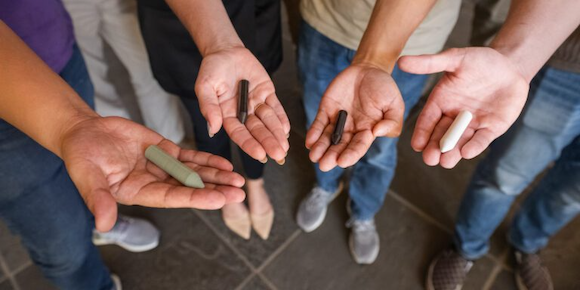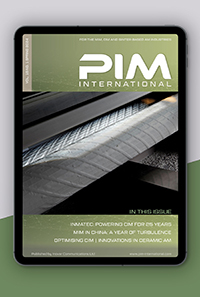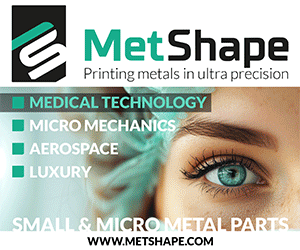Clemson researchers develop method for additively manufactured protonic ceramic fuel cells
August 21, 2023

Researchers at Clemson University, South Carolina, USA, have developed a new method for additively manufacturing protonic ceramic fuel cells. This renewable energy device has the potential to generate electricity more sustainably than fossil fuels.
Protonic ceramic fuel cells are powered by renewable fuels like hydrogen, ammonia, hydrocarbons, and alcohols, instead of coal or petroleum. However, the challenge has been to move them from the lab to the real world due to the difficulties in large-scale manufacturing.
To address this issue, a team at Clemson’s Advanced Materials Research Laboratory utilised their knowledge of Additive Manufacturing to build tubular-shaped protonic ceramic fuel cells. This design offers several advantages over planar designs, including improved durability and easier sealing.
The team tested a single fuel cell for 200 hours using hydrogen as fuel and found that it consistently produced power. Researchers stated that the Additive Manufacturing of protonic ceramic fuel cells provides greater precision, consistency, and affordability compared to traditional manufacturing techniques.
The Clemson team published their findings in the journal ACS Energy Letters. The first author was PhD candidate Minda Zou, and the corresponding authors were postdoctoral researcher Jiawei Zhang and Professor Jianhua ‘Joshua’ Tong, all from the Department of Materials Science and Engineering. “Our work suggests that 3DP could pave the way for the real-world applications of tubular PCFCs,” the team wrote in the paper.
Tong said a big part of what makes the research unique was that the team was able to additively manufacture all three layers required in a fuel cell– the anode, cathode and electrolyte. “Nobody else has done that,” he added. “More importantly, the method is simple and cost-effective, which is promising for commercialisation.”
Currently, it takes approximately three hours to additively manufacture one fuel cell. However, the team plans to develop a more advanced design as the next step in their work. If successful, Tong believes that it will be possible to commercialise AM protonic ceramic fuel cells in about five years.
The paper, ‘3D Printing Enabled Highly Scalable Tubular Protonic Ceramic Fuel Cells’ is available here.
Download PIM International magazine

















